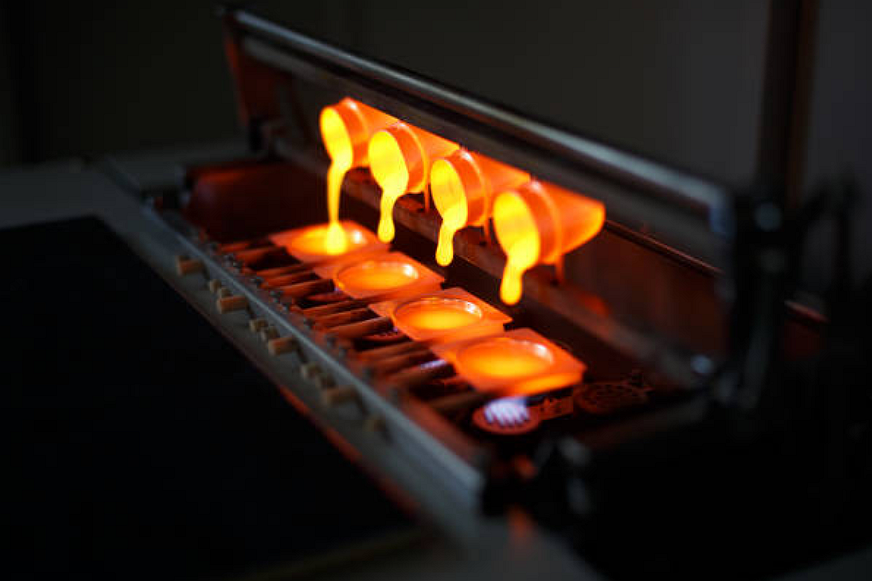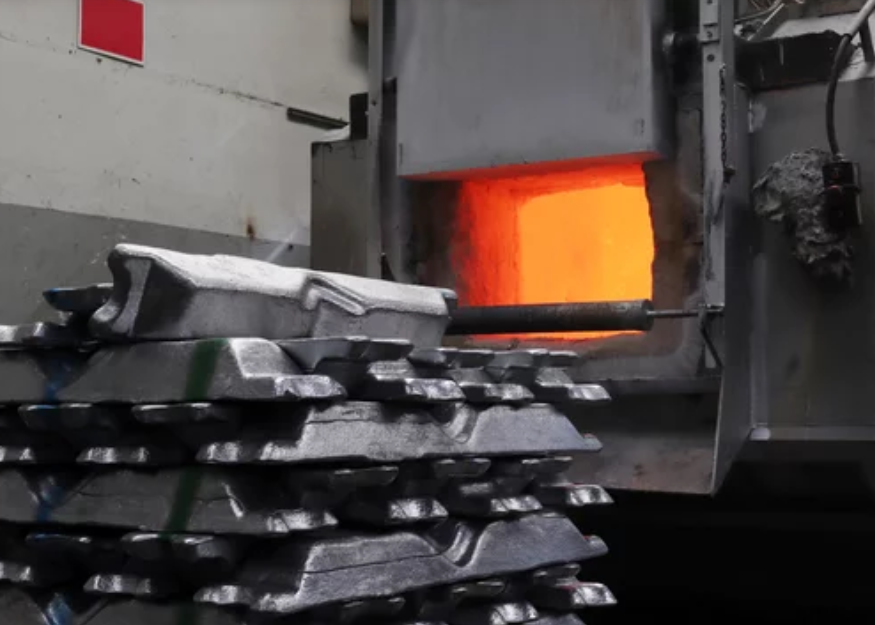What corrosion protection and materials are best for offshore wind components?
In offshore wind applications, corrosion protection is the most critical factor influencing the reliability and service life of superalloy and structural components. These parts operate in salt-rich, high-humidity environments with cyclic loading, so both material selection and surface protection strategies must be engineered from the start. For non-critical housings and brackets, the use of near-net-shape processes such as precision casting or aluminum die casting allows optimal geometry while enabling uniform coating adhesion. When extremely tight tolerance or fatigue resistance is required, components should be finalized by CNC machining prototyping followed by surface sealing to prevent localized corrosion or pitting.
Material Selection for Offshore Environments
Superalloys such as Inconel 718, Rene 41, and Haynes 188 are widely used in offshore wind turbine connectors, blade attachment systems, and high-temperature control modules due to their superior oxidation resistance and mechanical stability. For lightweight yet corrosion-resistant housings, high-grade aluminum alloys such as A356 and A380 provide a strong balance between manufacturability and corrosion resistance. For structural castings exposed to continuous moisture, cast stainless steel and cast titanium provide higher cost efficiency compared with superalloys while delivering reliable strength and durability.
Corrosion Protection Process Strategies
Surface treatments are essential to ensure long-term offshore performance. For aluminum-based components, anodizing and powder coating provide strong resistance to salt spray and UV exposure. Titanium and stainless-steel parts used in energy systems and rotating assemblies benefit from passivation and electropolishing, which remove active surface contaminants and increase corrosion threshold. For superalloy parts exposed to high temperature, thermal coatings or thermal barrier coating systems are recommended to prevent oxidation and reduce thermal fatigue.
Manufacturing and Testing Considerations
To guarantee coating adhesion and surface stability, parts intended for offshore use should be prototyped using industrially representative processes such as prototyping, 3D printing prototyping, or investment casting. Testing must include salt spray exposure, cyclic fatigue assessment, and cross-sectional analysis to verify coating thickness and porosity. For large structural elements in energy and aerospace environments, accelerated environmental aging simulation is critical to evaluate long-term degradation path and ensure service reliability. Offshore wind systems typically require multi-layer safeguards: material selection + optimized geometry + appropriate coating + post finishing to maximize operational lifespan.
Design Recommendations for Offshore Wind Components
Use corrosion-resistant alloys such as Inconel, stainless steel, or titanium for joints and load-bearing assemblies.
Apply a combination of surface treatments—e.g., anodizing + powder coating—to create layered protection against saline corrosion.
Minimize sharp edges and include drainage paths to prevent water retention and localized pitting.
Validate coating thickness and adhesion via salt-fog testing and real-condition aging protocols.
Design for maintainability; offshore components must allow easy on-site inspection and periodic re-coating.



